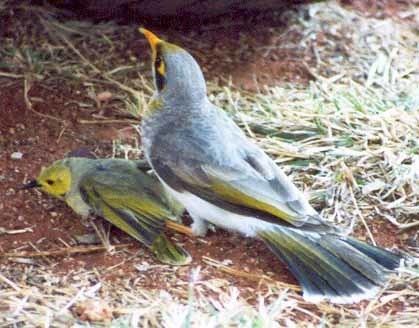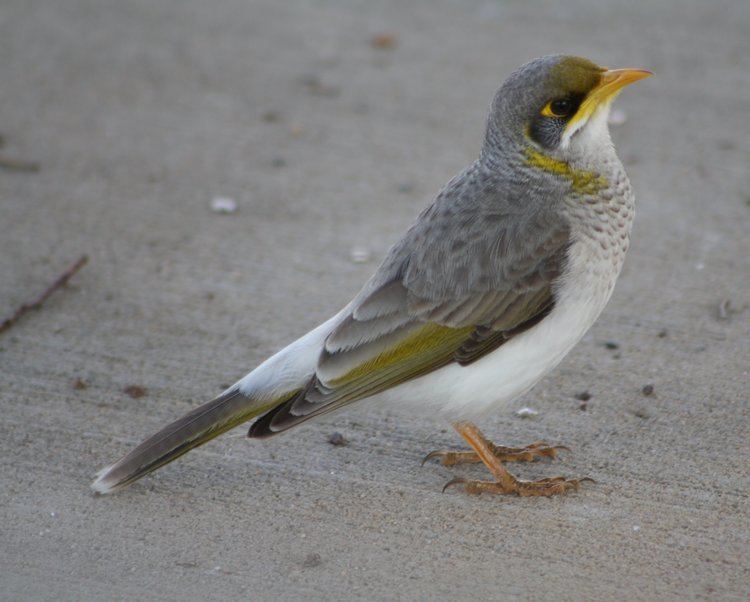Order Passeriformes | Phylum Chordata Family Meliphagidae Scientific name Manorina flavigula Rank Species | |
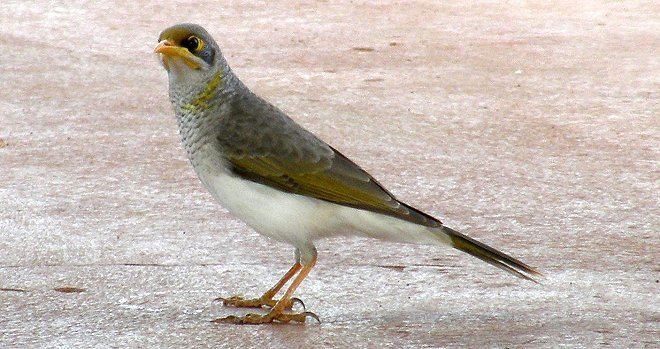 | ||
Similar Bird, Honeyeater, Manorina, Spiny‑cheeked honeyeater, Singing honeyeater | ||
Yellow throated miners of marla
The yellow-throated miner (Manorina flavigula) is a species of honeyeater, native to Australia. It is also commonly known as the white-rumped miner.
Contents
- Yellow throated miners of marla
- Yellow throated miner bird watching in australia with ej birdwatching
- Description
- Ecology and behaviour
- References
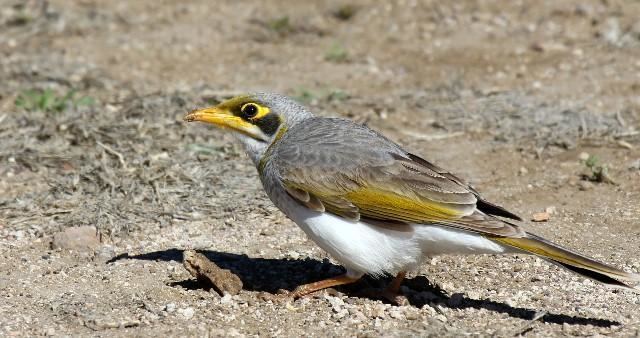
Yellow throated miner bird watching in australia with ej birdwatching
Description
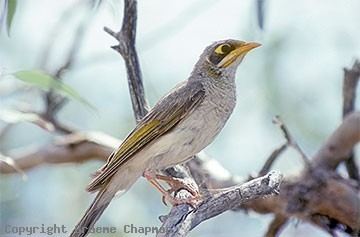
The yellow-throated miner is a medium-sized bird, reaching a length of 26 to 28 centimetres (10.2-11.0 in). The dorsal surface is a dark grey, and the ventral surface almost white. The beak, eye skin, side of the throat, legs, feet and parts of the wing and tail are yellow. The feather surrounding the eye are black, and the rump is white.
Ecology and behaviour
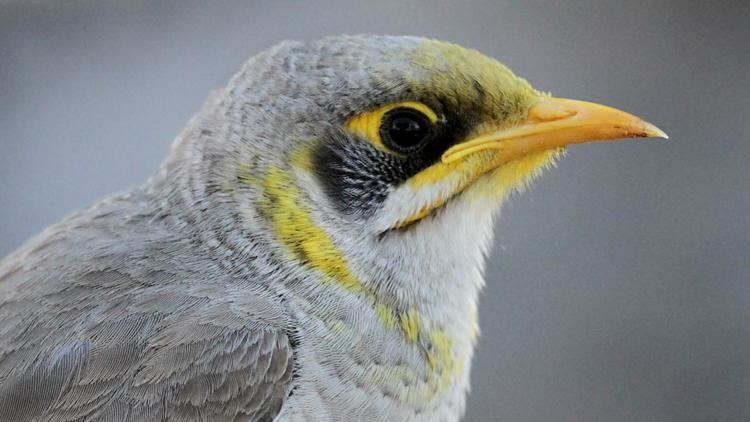
The yellow-throated miner inhabits dry forests, but can inhabit parks and backyards of disturbed habitat. It is a loud, and conspicuous bird, congregating in large flocks outside of the breeding season. Unlike most honeyeaters, its diet consists mostly of insects, but does include some nectar. They are aggressive towards other birds, especially during the breeding season.
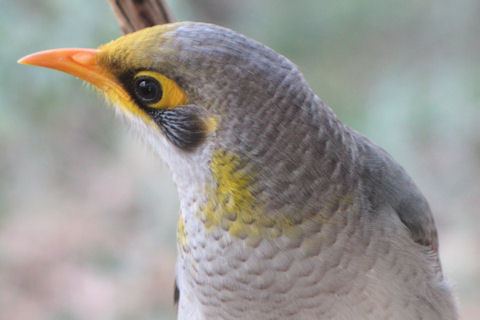
The distribution of the yellow-throated miner is wide across Australia. It is found west of the Great Dividing Range, but not in the Cape York Peninsula, north-eastern Northern Territory and small sections in central Australia. There are four subspecies of the yellow-throated miner. These are Manorina flavigula flavigula, Manorina flavigula lutea, Manorina flavigula obscura and Manorina flavigula wayensis. M. f. flavigula is the most eastern species, found in Queensland, New South Wales, north western Victoria and the eastern half of South Australia. M. f. lutea is native to the Northern Territory, the western half of South Australia, and eastern Western Australia. M. f. obscura is native to south-western Western Australia, and M. f. wayensis is native to the rest of Western Australia.
